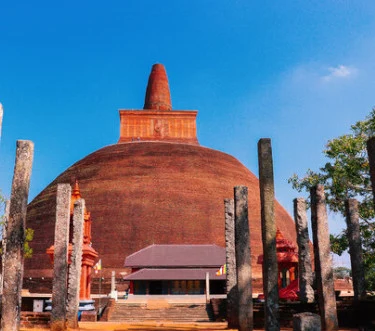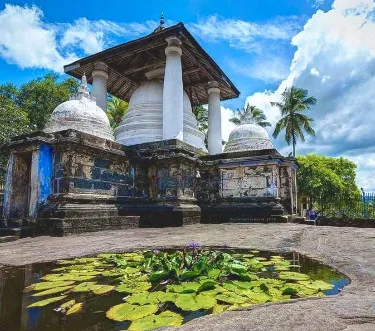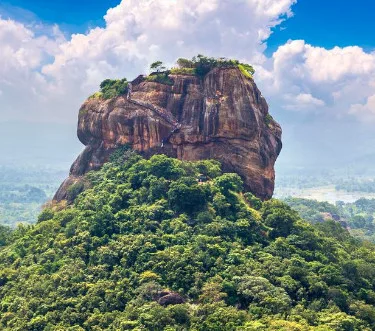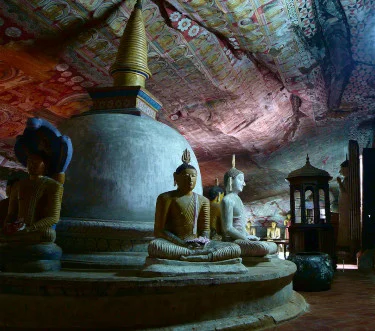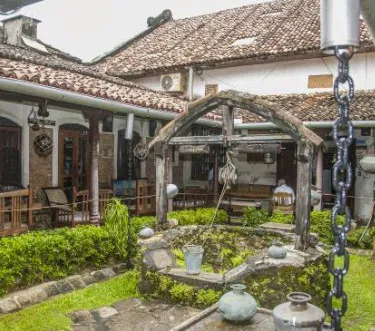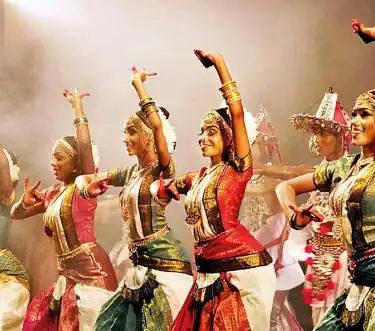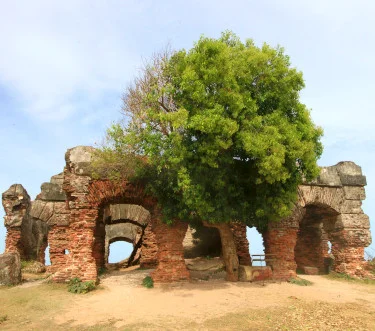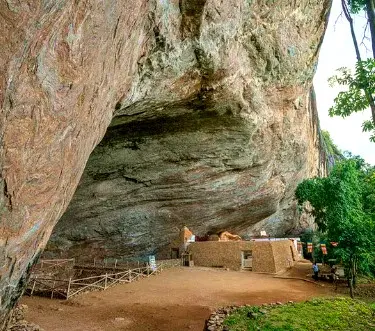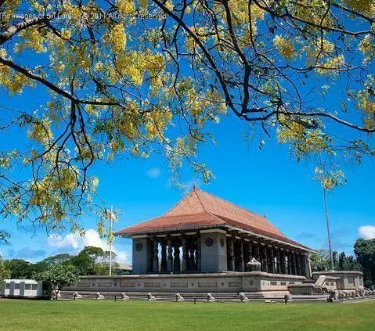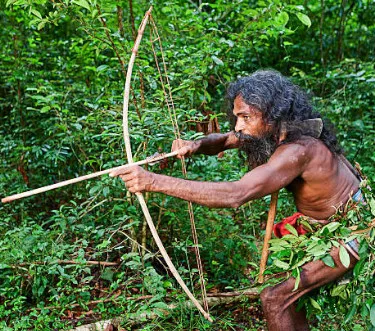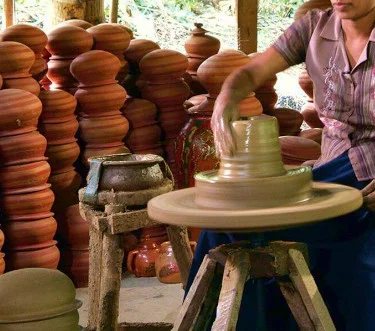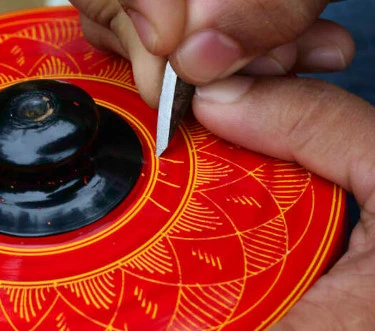Herbs and Spices
We Sri Lankans have special spices and herbs that have been used for hundreds of years.
They significantly enrich the quality of Sri Lankan cuisine and the ayurvedic market.
While it's true that many of the country's oldest and most valuable herbs are now extinct or critically
endangered in large parts of the country, we can take heart in the fact that some people within the
country have taken the necessary steps to protect and conserve these species.
A healthy body and mind can be fashioned out of thin air with the help of Sri Lankan herbs and spices.
Long-term use of these herbs and spices can help someone stay healthy without needing conventional
medicine.
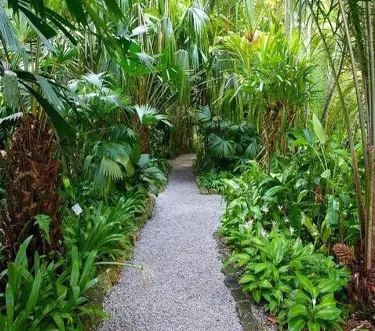
It's common knowledge that western medicine can quickly reverse the effects of a disease but that the
same drug can have countless unintended consequences.
Consuming local spices will increase human energy and life span as a healthy person. Once upon a time, Sri
Lanka was famous for the best herbs and spices in the world.
And we still have delicate spices and herbs.
Some people need to remember the value of local herbs and spices due to commercialization,
industrialization, and westernization.
they routinely make use of a product we bring in as a model. And yet, we can count our blessings because
rural dwellers have kept these historical treasures alive and well.
The aroma and flavouring of their food are out of this world. There is a miraculous healing power in their
herbs.
Do you know? that,
Spices and herbs are used in cooking and ayurvedic medicine alike in Sri Lanka.
This is a nice and worthwhile thing because it can be used both as a flavour enhancer as well as a
medicine.
They're not terribly expensive, so if you're going to Sri Lanka, pick up a few to take home as souvenirs.
It's cheaper to buy them from the local market than from the spice farms.
We don't ever tell customers about spice gardens or suggest they invest in the costly products. Because,
as I explained before, you can get the same thing at a cheaper price in the local markets.
However, their insights are valuable, and you'll walk away from their explanations with new information.
You will learn things about herbs and spices that no one has ever told you before, so don't miss out on
this opportunity.
